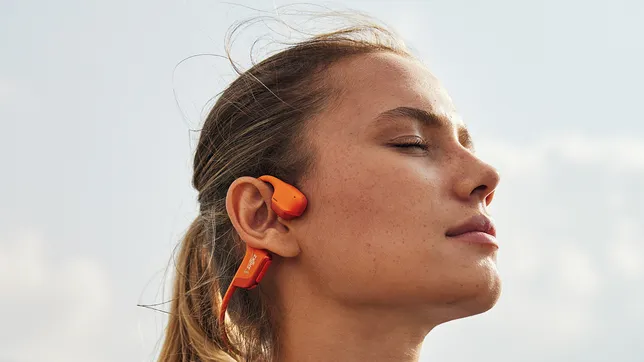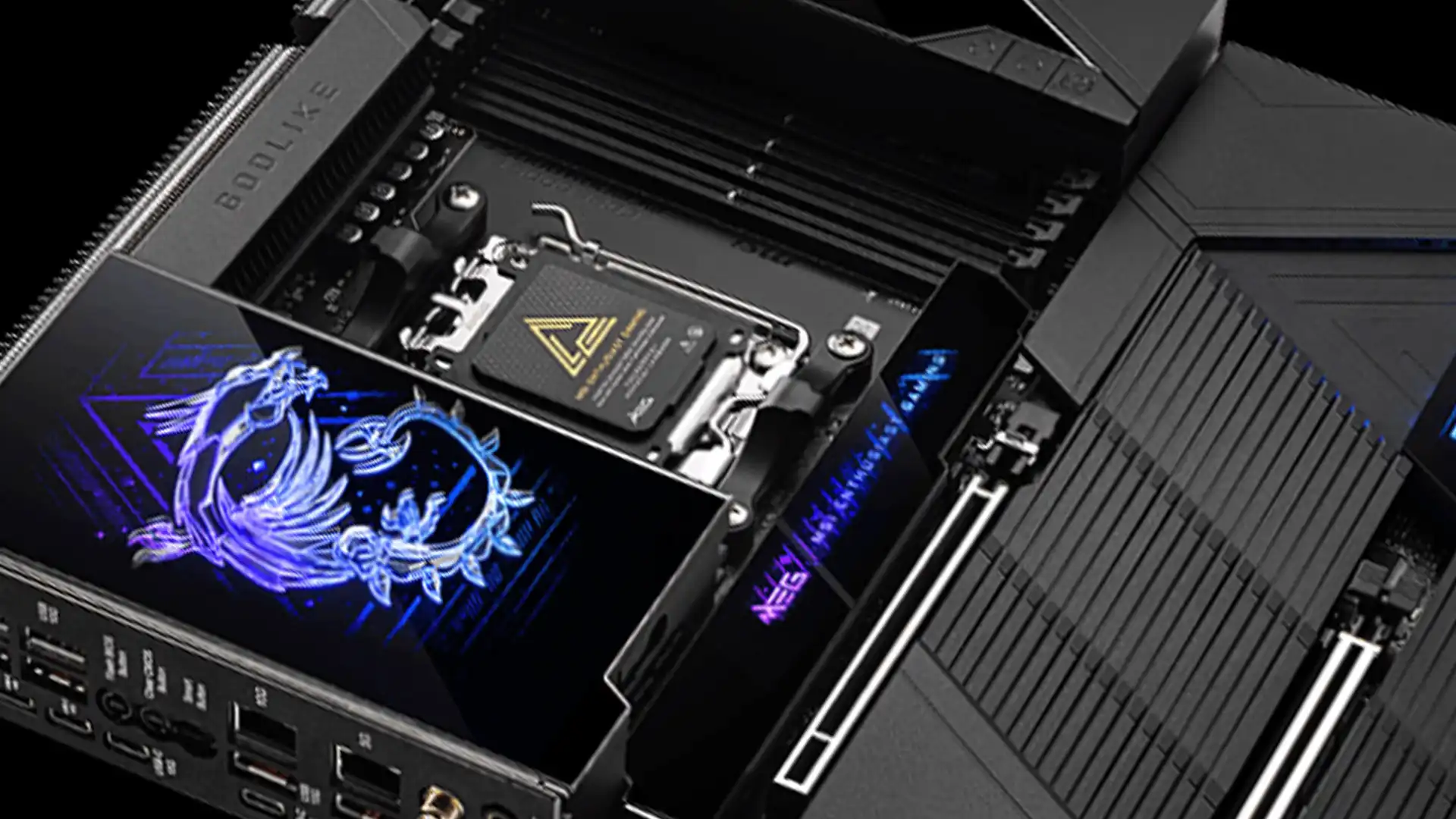The secret sauce in Shokz’s new flagship bone-conduction headphones is a hybrid speaker design. It really pays off.
The problem with bone-conduction headphones has always been that they just don’t sound all that good. That is unless you plug up your ears, which defeats the safety benefit of their open-ear design and is why they’re so popular with runners and bikers. Well, that just changed. Shokz has finally cracked the code on bone-conduction sound quality with a novel dual-driver design in its new flagship OpenRun Pro 2 headphones ($180).
OpenRun Pro 2 hybrid-driver design
For those who have never used bone-conduction headphones, they’re worn around the ears and deliver sound through your cheekbones. The technology delivers good treble and midrange performance but falls well short in the bass department, making them less than ideal for music.
With the OpenRun Pro 2, Shokz has solved the bass deficiency issue by adding a second, more traditional speaker driver that’s tasked with firing bass frequencies toward your open ears. Shokz employed that same micro-speaker technology (it calls it “air conduction”) in its first non-bone-conduction headphones, the OpenFit ($140) and Open Fit Air ($120) true-wireless earbuds.
Some bone-conduction purists argue that the OpenRun Pro 2 isn’t a true bone-conduction headphone because the air-conduction driver delivers a higher percentage of the sound than Shokz leads on. That may be the case, but that’s not necessarily a bad thing — and there definitely is a bone-conduction driver in the headphones.
The dual-driver design doesn’t radically alter the overall design of the headphones. The 30-gram OpenRun Pro 2 are still around-the-neck wireless headphones, sharing a similar shape to the earlier OpenRun Pro headphones and weighing only 1 gram more. But it’s easy to spot the micro speakers that have been combined with the bone-conduction drivers.

Like its predecessor, the OpenRun Pro 2 comes in two sizes: standard and mini. Most people will opt for the standard version, but those with smaller heads should consider the mini. Both are designed to fit securely and comfortably (I wore them on a 3-mile run and had no issues with fit), but not everybody will love the feeling of having the bone-conduction driver pressed up against their cheekbones just in front of their ears.
Lower vibration and USB-C charging
The good news is that the new dual-driver design not only improves the sound quality greatly — the sound now approaches that of Apple’s AirPods 3 — but it also virtually eliminates the vibration issue that bone-conduction headphones are also known for. With typical bone-conduction headphones, when you raise the volume above a certain level, you start to feel a vibration on your cheek, which can tickle a bit. While testing, I typically listened at about 60%-80% volume and didn’t feel anything.
The other big change worth highlighting is the addition of USB-C charging, which is far more convenient than the proprietary magnetic charger found on the OpenRun Pro. In the past, if you lost the cable that charged the headphones, you had to buy a new one. Now, you can grab any USB-C cable.

Battery life is rated at up to 12 hours at moderate volume levels (I didn’t do quite as well as that because I pushed the volume up), and the headphones have an IP55 rating, which means they’re dust-resistant and can withstand a sustained spray of water.
The volume controls and power button are on the right side of the headphones, while the universal control button, which allows you to pause your music, skip tracks forward and back and answer/end calls, is on the left bud. Once you figure out where everything is, the controls work fine by feel alone.
Shokz bone-conduction headphones have always offered decent voice-calling performance, and Shokz has taken it up a notch with the OpenRun Pro 2. In my tests in the noisy streets of New York, callers said they could hear me clearly with minimal background noise.
Shokz says these have wind-resistant microphones and can be used while biking at relatively high speeds. I thought the headphones did a decent job reducing wind noise, but I don’t expect it to be completely eliminated. Callers said they could hear my voice fairly clearly in windy environments, but they did hear a noticeable whooshing sound in the background.

Enlarge Image
As for sound leakage, I should note that despite the fact that these have open drivers, people standing nearby couldn’t hear my music unless they stood very close to me — and even then they couldn’t tell what I was listening to. In other words, there’s very little sound leakage, which is obviously a good thing.
Shokz OpenRun Pro 2 final thoughts
To be clear regarding audio quality, the OpenRun Pro 2, which certainly aren’t cheap at $180 (but cost the same as their predecessor), don’t deliver sound on par with some of the top noise-isolating earbuds, including the AirPods Pro 2. They’re not quite as dynamic, nor can they match the bass response of those buds. But they sound open, offer good clarity and decent bass performance and are among the top-sounding open earbuds out there. They arguably sound slightly better than Shokz’s own OpenFit and OpenFit Air earbuds.
Ultimately, the key here is that you no longer have to sacrifice good sound quality in exchange for the advantages of bone-conduction technology. And that’s what makes the OpenRun Pro 2 the best bone-conduction headphones on the market, even if they have a technological cheat to get to that title.

Shokz OpenRun Pro 2 key specs
- Weight-optimized unibody frame with ergonomic ear hooks integrates a Ni-Ti alloy memory wire
- Dual drivers combine bone-conduction tech (treble) with air conduction (bass)
- 10th-generation bone-conduction technology
- Leak-free listening ensures other people can’t hear what you’re listening to
- Bluetooth 5.3
- USB-C charging
- 12 hours of listening time on a single charge with a quick-charge feature
- Weight: 30 grams
- IP55 rating (dust-resistant and can withstand a sustained spray of water)
- Strategically positioned dual wind-resistant microphones and an AI noise-reduction algorithm filter out 96.5% of background noise, including wind at speeds of up to 15 miles per hour
- Physical control buttons
- Protective carrying case included
- Available in orange and black for $180 at Shokz.com and Amazon




